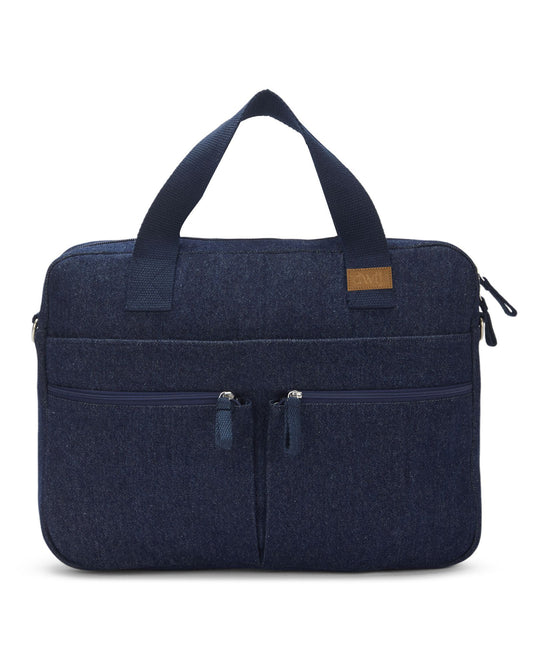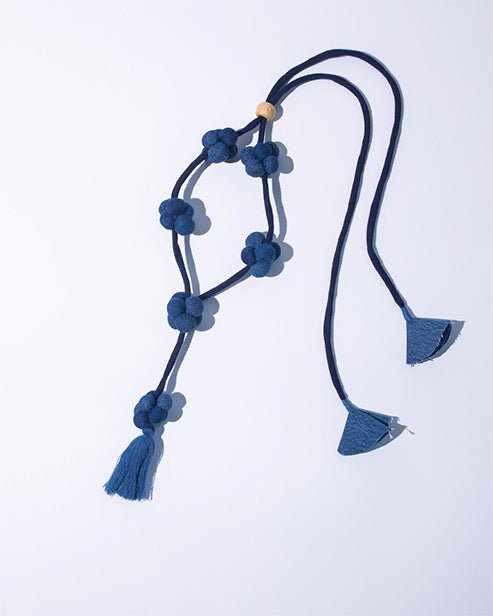We live in a world where fast fashion has dominated the industry for the past few decades. Everyone today is fond of trendy clothes, ignoring the quality and essence of the outfit they’ll be wearing. But there are also people who know the true power of sustainability and are focused on wearing sustainable clothes, not just because of the quality but because they believe in wearing value over trend.
In India, the age-old tradition of wearing sustainable ethnic wear has merged beautifully with eco-friendliness principles, giving importance to the sustainable fashion movement that focuses on traditional fabrics and practices. In this blog, we will be talking about the journey of sustainable ethnic wear and making you feel valued at the next festival when you’ll be wearing sustainable clothes rather than cheap fast fashion outfits.

The Essence of Traditional Indian Fabrics
We all know India has a diverse culture and heritage and has great traditional fabrics, and each of them has great artistry and essence behind it. Here are some examples of fabrics and the essence behind them.
Khadi: Khadi, spun on a charkha, is a symbol of India's freedom struggle. Today, it stands as a symbol of self-sufficiency and sustainability. The fabric is known for its breathability, making it perfect for warm Indian climates.
Silk: The traditional silk weaves like Banarasi, Kanjivaram, and Chanderi are known for their lustrous beauty. These weaves not only showcase India's rich textile history but also promote sustainable sericulture practices.
Cotton: Cotton is a timeless classic in Indian clothing. It's breathable, comfortable, and ideal for casual and formal wear. Organic cotton, grown without harmful chemicals, is a sustainable choice.
Linen: Linen, made from flax fibers, is another popular choice for sustainable fashion. It's lightweight, perfect for hot weather, and requires less water during cultivation.
Handloom: Handloom fabrics, like Ikat, Patola, and Maheshwari, are created on traditional looms. They are known for their intricate patterns and craftsmanship. Buying handloom supports skilled artisans and preserves traditional techniques.
How is sustainable ethnic wear produced?
Sustainable ethnic wear is not only beautiful but is also produced by eco-friendly methods. Remember, all sustainable and environmental products are meant to be prepared in such a way that they don’t harm the environment. This is the sole reason we made our products with discarded denim. Doing this not only helps us to save natural resources but also benefits the environment by recycling denims that would’ve taken years to get completely composed.
Here are the techniques by which sustainable ethnic fabric is produced:
Dyeing Techniques: Traditional dyeing methods that use natural dyes made from plants and herbs are making a comeback. These dyes are not only safe for the environment but also create unique, earthy hues.
Hand-embroidery: Hand-embroidery is not only a labor of love but also a sustainable practice. It reduces the need for energy-consuming machines and creates employment for skilled artisans.
Zero-Waste Cutting: Designers are increasingly adopting a zero-waste approach, minimizing fabric waste in the cutting process. This practice is not just sustainable; it's also economical.
Upcycling: Upcycling old garments into new designs is gaining popularity. This creative approach reduces textile waste and breathes new life into old pieces.
Why sustainable products are a better choice
If you’re someone who’s already into sustainability and living an eco-friendly life, you already know the answer. Those who are newbies in the world of sustainability imagine a world without pollution; there’s nothing such as global warming, and you've got greenery around you wherever you go.
Did you feel good imagining it? That’s what we can actually achieve if we truly realize the power of sustainable living. Here are a few reasons why sustainable traditional clothing is better:
Reduced carbon footprint: Traditional fabrics and ethical practices in the fashion industry often mean a reduced carbon footprint, thanks to energy-efficient processes and responsible sourcing.
Reservation of Heritage: By supporting traditional weavers and artisans, we contribute to the preservation of cultural heritage, ensuring that these skills are passed down to future generations.
Fair Wages: Many sustainable brands provide fair wages to their workers, ensuring their well-being and promoting better living standards.
Environmental Conservation: Sustainable practices like organic farming and natural dyeing contribute to a healthier planet by reducing harmful chemical use and conserving water resources.
This might interest you: https://www.dwijproducts.com/post/sustainable-fashion-guide-how-to-completely-wear-out-the-clothes-you-already-own
Wearing sustainable and upcycled clothes is more than just styling and fashion. These are not only high quality but also highly valued clothes. Not only would they last much longer, but they would also save the environment from damage by producing fast fashion.
Don’t you think sustainable ethnic wear is the most prominent choice of clothing that you should wear this festive season? Why not take a pledge on your favorite festival and live a sustainable and healthy life ahead? Let us know in the comments below what you think about living a sustainable life.







